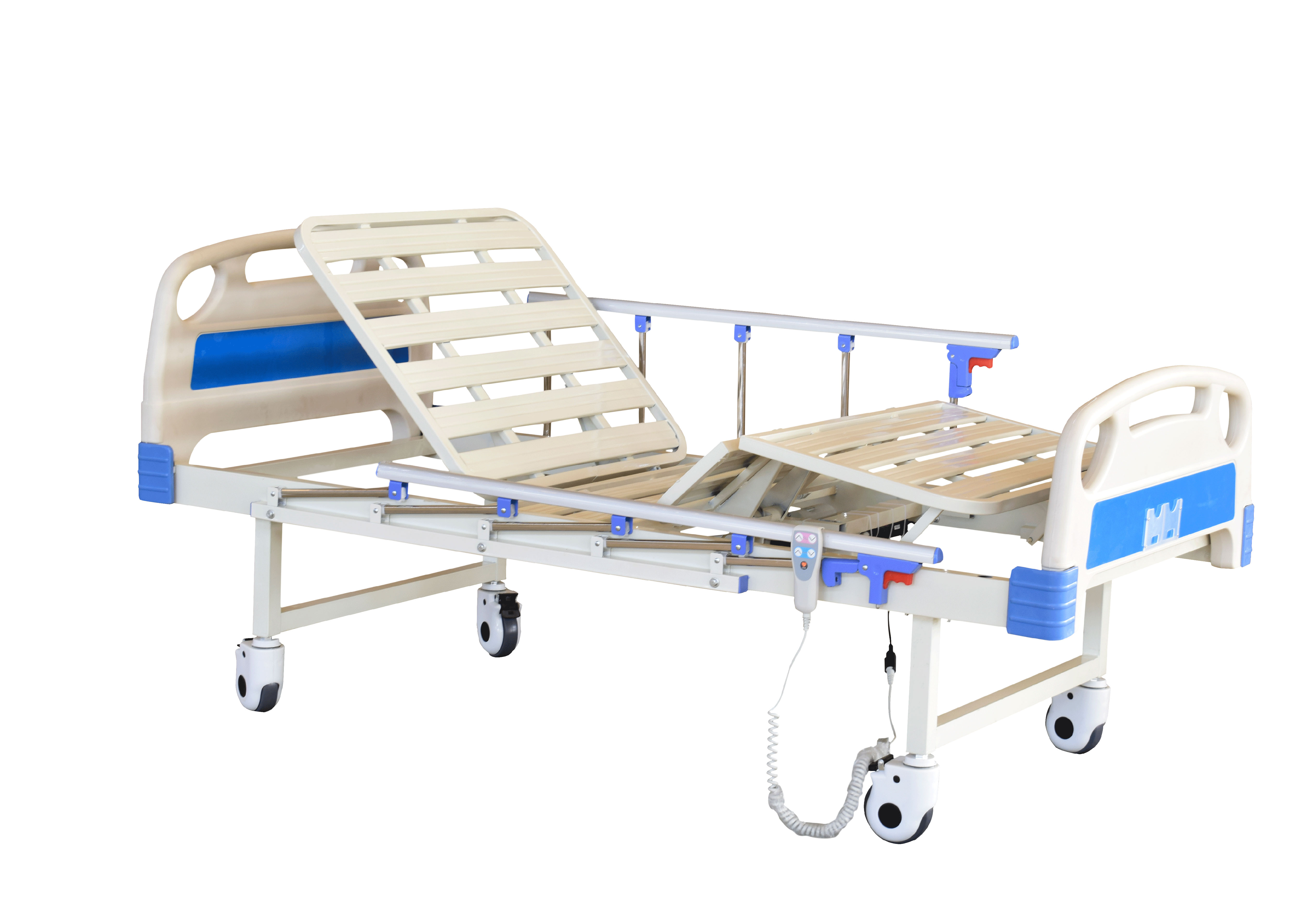Welcome to our websites!
Electric Wheelchair Featuring Rear Controls for Enhanced Maneuverability and Comfort
The Evolution of Electric Wheelchairs with Rear Controls
In recent years, the functionality and design of electric wheelchairs have made significant strides, accommodating the diverse needs of users with mobility challenges. Among these innovations, electric wheelchairs equipped with rear controls stand out as a particularly useful advancement. This design not only enhances the user experience but also addresses the specific requirements of caregivers and active users alike.
Understanding Rear-Control Electric Wheelchairs
Electric wheelchairs with controls located at the back provide users with a unique approach to mobility. Traditionally, controls are situated on the armrests or joystick located at the front, which allows the user direct handling. However, for certain individuals, especially those who may lack the ability to operate front-facing controls due to physical limitations or the desire for a more controlled ride, rear controls can be an excellent alternative. This arrangement allows caregivers or companions to assist in navigating the wheelchair with greater precision and ease.
Benefits of Rear Control Design
1. Enhanced Control and Safety One of the primary advantages of having controls at the back is that it allows a caregiver to have better oversight of the wheelchair’s path. This can be particularly beneficial in crowded or tight spaces where maneuverability is key. Furthermore, in the case of emergencies or sudden obstacles, the caregiver can take immediate control, ensuring the safety of the user.
2. User Comfort For users who may have difficulty reaching forward or turning their wrists, back controls can provide a more comfortable solution. The flexibility in posture that this design offers can help reduce strain and discomfort during use, allowing users to enjoy longer periods of mobility without fatigue.
3. Ideal for Group Activities In scenarios where individuals with mobility challenges need to be integrated into group activities, such as family outings or social events, rear-controlled wheelchairs can facilitate smoother interactions. Caregivers can easily communicate with both the user and others in the group while maintaining control of the vehicle.
4. Modular Design and Customization Many modern electric wheelchairs are designed to be modular, which means they can be customized to suit individual needs. For instance, users can choose the type of seat or additional features such as adjustable footrests and armrests. Rear control models can also incorporate advanced technology such as GPS tracking, which can be monitored by the caregiver during outings.
Technology Integration
electric wheelchair with controls at the back

Electric wheelchairs with rear controls also present opportunities for technological integration. Many models come equipped with features such as digital displays and wireless connectivity, enabling caregivers to monitor the wheelchair’s battery life and performance through a smartphone application. This fusion of technology and mobility enhances the overall user experience by providing real-time data and alerts.
Additionally, smart sensors can be implemented to detect obstacles and assist with navigation, which is especially useful in preventing accidents in crowded areas. By merging rear controls with smart technology, manufacturers are increasing both user independence and safety.
Considerations for Choosing a Rear-Control Electric Wheelchair
While the benefits of rear-controlled electric wheelchairs are clear, prospective users should consider a few factors before making a choice.
1. User Needs Assess the specific needs and physical capabilities of the user. It is crucial to ensure that rear controls meet their requirements for independence as well as comfort.
2. Caregiver’s Role Consider the dynamics between the caregiver and the user. If the caregiver is expected to manage the wheelchair primarily, then a rear control option is advisable.
3. Terrain Compatibility Evaluate the types of terrain where the wheelchair will be used. Some electric wheelchairs can handle rough terrain better than others, and having a caregiver in control might be beneficial in those environments.
4. Budget As with any specialized equipment, cost is an important consideration. Buyers should assess their financial options and identify models that offer the best value according to their needs.
Conclusion
Electric wheelchairs with rear controls represent a significant step forward in adaptive technology, blending comfort, safety, and innovation. As we continue to embrace inclusivity and accessibility, such advancements will play a pivotal role in enhancing the mobility and independence of individuals with physical disabilities. By understanding the benefits and technological opportunities afforded by these designs, users and caregivers can make informed decisions that will improve their quality of life, making mobility a more confident experience for everyone involved.
-
Transforming Healthcare with Hospital FurnitureNewsJun.24,2025
-
Rehabilitation EquipmentNewsJun.24,2025
-
Mobility and Independence with WheelchairsNewsJun.24,2025
-
Freedom of Mobility with Our Rollator WalkersNewsJun.24,2025
-
Comfort and Independence with Commode ChairsNewsJun.24,2025
-
Bathing Safety and Independence with Shower ChairsNewsJun.24,2025
-
Navigating the Wholesale Landscape of Electric Mobility Solutions: Key Considerations for Power Wheelchair DealersNewsJun.10,2025











